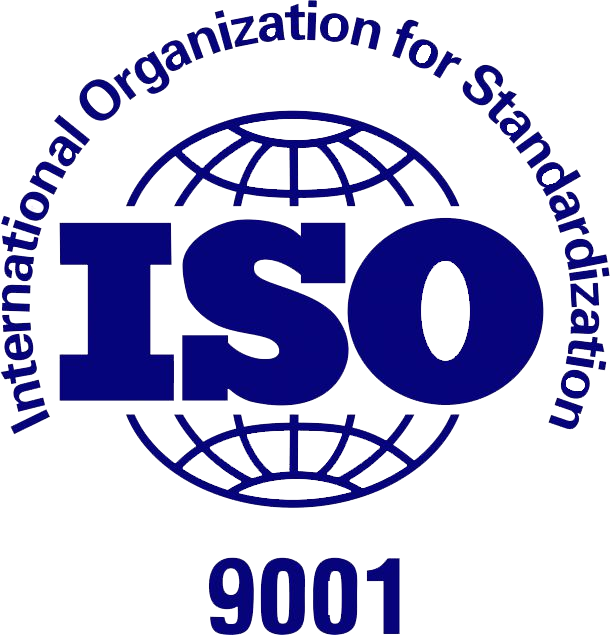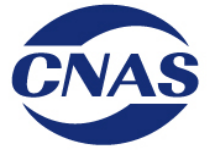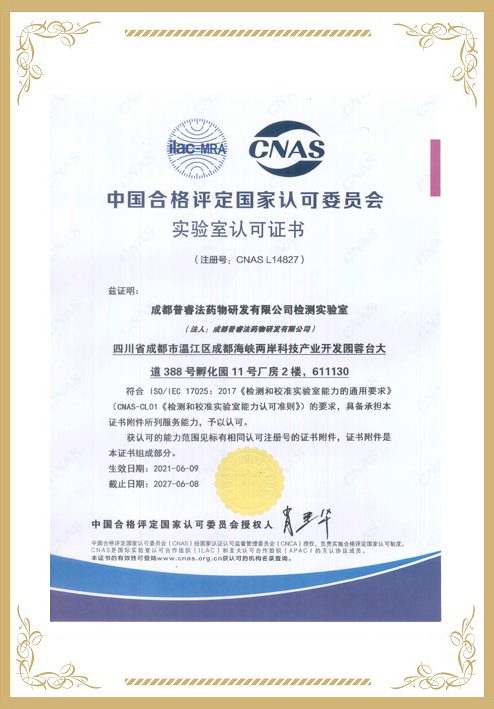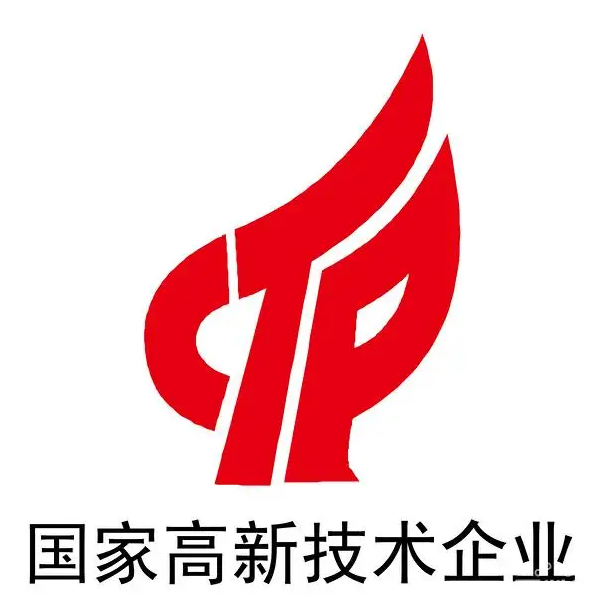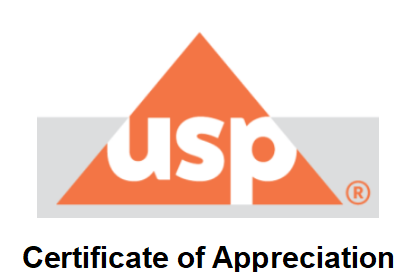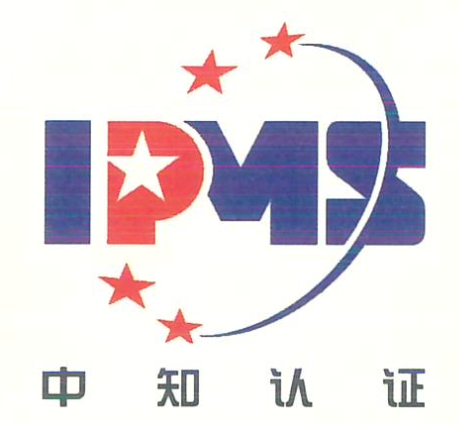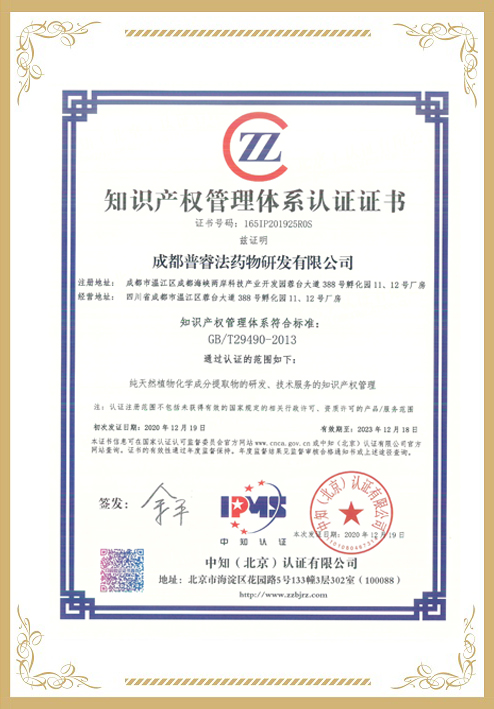Ethnopharmacological relevanceWP255/2 is a Thai traditional wound healing formula documented on the Wat-Phra-Chetuphon (Wat Pho) marble inscriptions. Previous studies have demonstrated its wound healing efficacy in rat models and diabetic patients with chronic foot ulcers. Sesame oil, the major component of WP255/2, plays a key role in the wound healing process, with sesamol identified as a potent bioactive compound involved in these effects.AimThis study aimed to investigate how different processing conditions influence the sesame lignan profile and wound healing activity of WP255/2 ointment formulations.MethodsWP255/2 preparations were formulated under 61 different conditions, and their sesame lignan profiles were analyzed using high-performance liquid chromatography (HPLC). The wound-healing potential was evaluated in Sprague-Dawley rats with excision wounds, focusing on wound contraction and histopathological analysis.ResultsSesamol concentrations varied among the 61 WP255/2 preparations, with WP-02 exhibiting the highest concentration (0.258 mg/g) and WP-03 containing none (0.000 mg/g). In the excision wound model, WP-03 and WP-01 significantly enhanced wound contraction compared to the non-treated group (p < 0.05) and exhibited anti-inflammatory effects. Additionally, all tested formulations (WP-01, WP-02, WP-03) promoted a balanced synthesis and degradation of collagen types I and III.ConclusionThe wound healing efficacy of WP255/2 is not directly proportional to sesamol concentration. Optimal activity was observed in formulations with low or undetectable sesamol levels, particularly those processed at 70 °C or 180 °C for 90 min. These findings highlight the critical role of processing conditions in modulating chemical composition and therapeutic efficacy, offering insights for standardizing traditional herbal formulations for clinical use.














